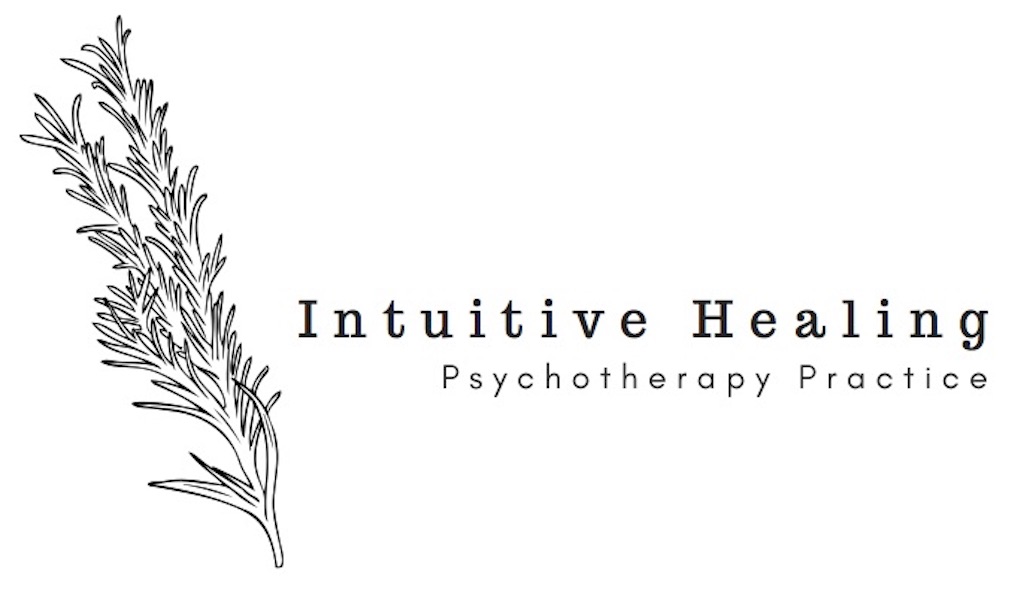The Spiral Story
Ronni Umles, MHC
Hello, my friend, anxiety. How are you today? Oh, you’d like to take over my thoughts and body and lead me down a frenetic spiral of deep dread and despair. Well, I guess I have no choice but to go along for the ride. Or do I?
Anxiety spirals are THE WORST. I’ve been struggling with anxiety since I can remember. The racing thoughts, shallow breath, and overall feelings of distress are not just disruptive to my day, but can also be debilitating. Decision-making becomes harder, I waste time, and my energy is drained, to the point where sometimes I just want to shut down or do. Anxiety is the cherry on top of what may already be a stressful situation and can create even more challenges as a result.
When I began exploring alternative modalities to seek relief from my own anxiety, it became clear one of the most effective ways was to engage with my body. Educating myself about nervousness was part of that process. The nervous system comprises two main parts, the sympathetic and parasympathetic. When we are in a spiral, we are often in a place of fight or flight. Our sympathetic nervous system has been activated, in response to the fear of danger or life threats. Now, the thing you might be being anxious about could be something as simple as taking a test. No matter the situation, the nervous system has NO IDEA whether you are actually in danger as most often it’s triggered in the unconscious mind.
The key word is fear. Fear derives from our reptilian brain, aka the lizard brain, aka the amygdala. Our reptilian brain operates from a place of keeping us alive and ensures we meet our basic needs, like breathing, eating, the heart keeps beating, etc. The activation of fear does not always have to happen from a tangible/physical place, it can also happen from an internal, emotional place. In response to a trigger and activation of our nervous system through the unconscious, a story is born. The story we tell ourselves. You can think of the storyteller as the narrator of your day-to-day life. Here are a few examples of how a story can play out:
The story of the person walking on the sidewalk and a passerby looks at them:
Story 1: They must think I’m ugly or my outfit looks ridiculous.
Story 2: I’m just walking down the street and sometimes people look at me, just like Iook at other people.
The story of the test-taker:
Story 1: I might fail, I will likely fail, if I fail I might lose my job, then I may lose my home, then I am going to be homeless. I am a failure. Who wouldn’t go into an anxious frenzy from a story like that??
Story 2: I am going to study for this test and do the best I can. I am going to hold myself accountable and give myself time to take breaks. If I fail, it’s not the end of the world. I’ll still figure it out. I trust myself to do so.
The stories we create and perpetuate are often the ones we get stuck in. I encourage you to practice identifying your story. You can do this in any situation, especially the next time you feel the onset of or following a spiral. The most important thing to check is your story’s validity. What are the facts? How do you feel now knowing the facts and can you acknowledge your own feelings? Then ask, how true does that story feel now? Is there a different story that feels truer?
In some cases, especially in relationships, it is vital to be cognizant that we are not mindreaders. Seeking out clarity if things are still unclear after an argument or any conversation for that matter may be the first thing that needs to happen before you can change your story. Some ways of approaching someone with who you may need clarity are:
I’m not clear on what you just said.
The way I interpreted your statement was… Is that right?
Could you please say that again, I’m not fully understanding?
These are just a few examples. There are thousands, millions, even trillions of stories we create. As a fellow anxious traveler and storyteller, I want you to know, that you’re not alone! Start small then work your way into bigger issues. Mindfulness and compassion are your friends.
